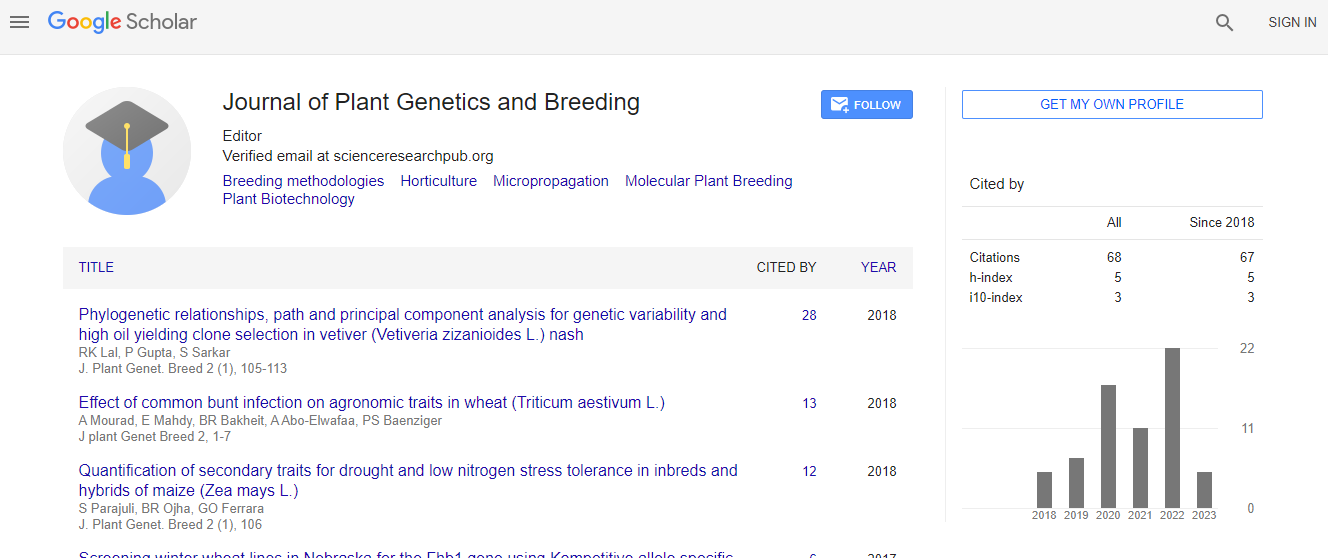Role of cyanoprokaryota in the rhizospheres of gypsophytes
*Corresponding Author:
Copyright: © 2020 . This is an open-access article distributed under the terms of the Creative Commons Attribution License, which permits unrestricted use, distribution, and reproduction in any medium, provided the original author and source are credited.
Abstract
Cyanoprokaryota can improve plant growth and provide tolerance against biotic or abiotic stress. Semi-arid Mediterranean environments are characterized by frequent droughts. The interest in researching the unknown role of Cyanoprokaryota in gypsiferous rhizospheres arises from the fact that they are components of the biological crust and colonize gyprocks. In the rhizospheres of three gypsophytes and in non-rhizospheric soil, two samplings were carried out - the first during a summer drought and the second during spring - to detect the responses to the availability of water in the soil. Surprising results were obtained when water retention and water loss were studied, with the highest values being obtained for the dry season due to the association of Cyanoprokaryota with the rhizospheres. The results are also explained by two water pulses that occurred before the samplings. We propose three functional adaptation mechanisms of these plants associated with the Cyanoprokaryota in their rhizospheres and related to the water availability as determined by drought and water pulse effects. Herniaria fruticosa is a pioneer with the greatest diversity of Cyanoprokaryota, in both summer and spring (10 species and 11 species, respectively), and with high-medium abundance (5–30%). Teucrium balthazaris exhibits an intermediate strategy, with a greater diversity of Cyanoprokaryota in spring (7 species) and predominance of high-medium abundance (5–30%). Finally, Helianthemum squamatum has lower diversity, with one species in summer (with low abundance, <5%) and no species in spring.

 Spanish
Spanish  Chinese
Chinese  Russian
Russian  German
German  French
French  Japanese
Japanese  Portuguese
Portuguese  Hindi
Hindi 